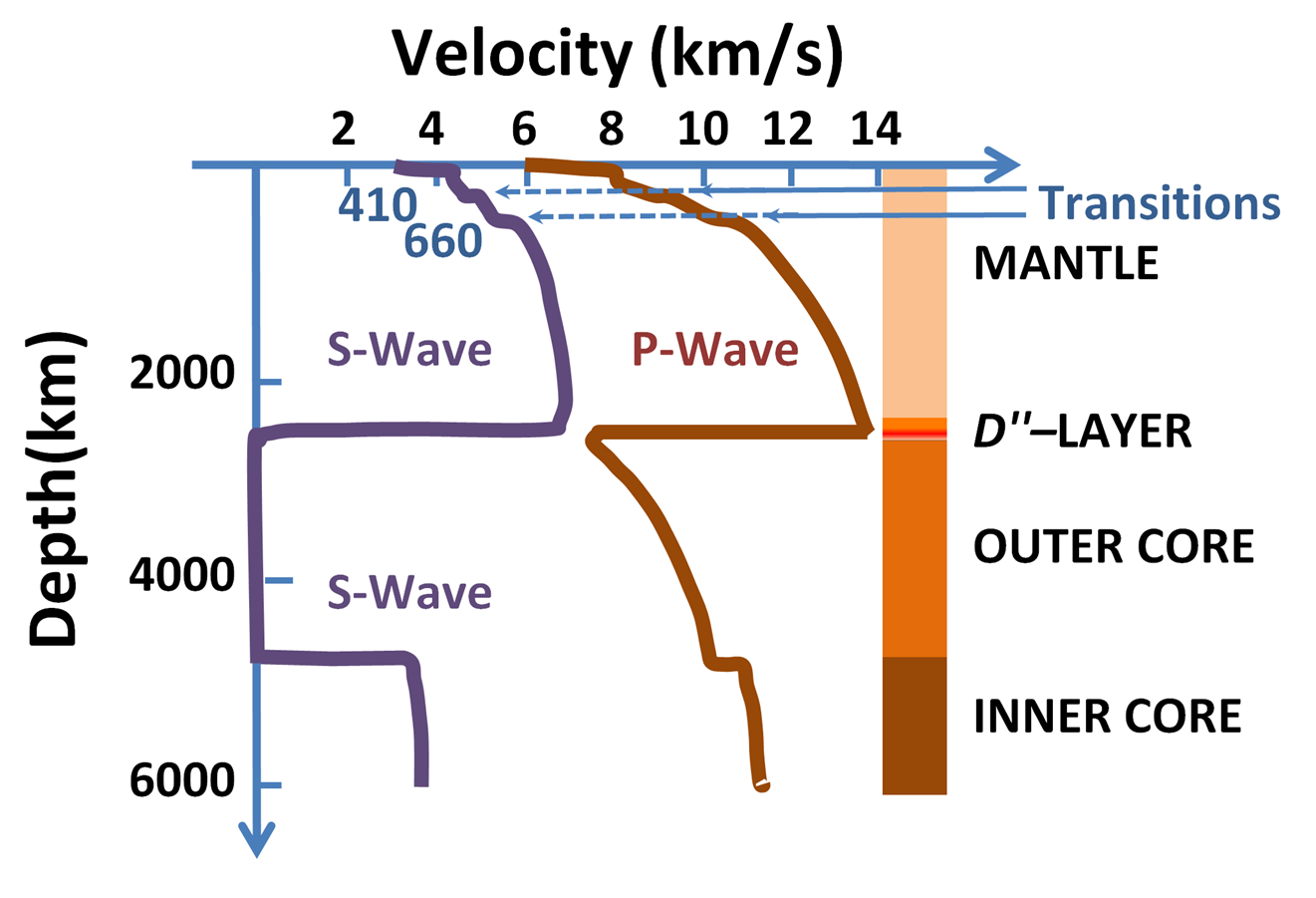PermeateFree said:
Tau.Neutrino said:
Massive mountain range found in the Earth’s mantle
The surface of the Earth is a bumpy place, with terrain made up of smooth ocean floors to jagged mountain peaks and everything in between. But according to a new study, that’s nothing compared to the landscapes found deep within the planet. Using data from one of the biggest earthquakes on record, geophysicists have now found massive mountain ranges hundreds of kilometers beneath our feet.
more…
Jules Verne was right all along.
> The data showed the topography at the top and bottom of the transition zone. The top boundary, about 410 km down, was found to be relatively smooth. But at a depth of 660 km the lower boundary was surprisingly jagged, with elevation changes as drastic as 3.2 km.
> how could this boundary have formed in the first place, and how has it persisted for so long? The researchers suggest that the remnants of ancient tectonic plates could be resting down there, after being pushed deep into the Earth through subduction zones like the Mariana Trench. The chemical differences introduced by these old rocks from the crust could create the jagged landscape.
Yep. That would be my second guess. Also important in generating roughness would be deep mantle plumes such as the one driving the Hawaiian hot spot. And shallow mantle plumes originating at or near the bottom of the transition zone.
The D’‘ layer between the mantle and the outer core is also known to be very rough.
